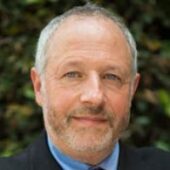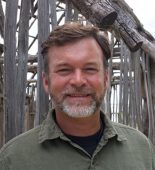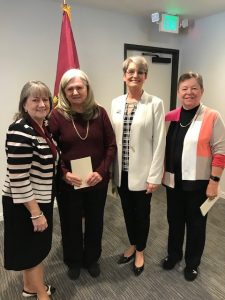For our October 30 virtual Fall Meeting, First California Company welcomed Professor Peter Mancall of the University of Southern California, a world-renowned scholar of colonial New England and Virginia history, who enlightened us about the Indian Uprising of March 22, 1622. This was a major event with long-term consequences for Jamestown’s history. Our Society will soon be commemorating it. Here is a synopsis of his presentation:
“Powhatans, English, and the Meaning of 1622”
Peter C. Mancall
University of Southern California
mancall@usc.edu
It is impossible to understand what happened in 1622 and the years that followed without taking into account three separate developments that preceded that fateful year.
First, and perhaps most obvious, was the growth in European demand for tobacco. The plant was unknown in Europe before the time of Columbus. During the sixteenth century, it became one of the most sought-after products from the Western Hemisphere, both because of the pleasure it provided to smokers (who wrote about “drinking” the smoke) and also because Europeans believed that tobacco was a medicine that could cure a wide range of human ailments. (If anyone is interested, you can see my contribution to the vast literature on tobacco: “Tales Tobacco Told in Sixteenth-Century Europe,” Environmental History 9:4 (October 2004), 648-678.) Because tobacco depletes the soil of nutrients quickly, those who wanted to produce it needed to find fresh plots of land when their fields became exhausted.
Second, it is likely that a young Indigenous man known as Paquiquineo and later as Don Luís de Velasco, captured by the Spanish and taken to Spain when he was a boy and then traveled back to the Western Hemisphere, grew up to become the Powhatan leader known as Opechancanough. The documentation is not thorough enough to be definitive, but in his forthcoming book, the historian James Horn has made a convincing argument that this is a single individual who appears in the records with three different names. In 1571, Paquiquineo led an attack on a Jesuit mission on the Chesapeake that had been planted by the Spanish. He then disappeared, apparently joining the local Indigenous community. It is likely that Paquiquineo was a brother or cousin of Wahunsonacock, the man known to the English as Powhatan. James Horn’s book on Opechancanough, which will be published any day, is fascinating and excellent: A Brave and Cunning Prince: The Great Chief Opechancanough and the War for America (Basic Books). [NOTE: Released on November 16]
Third, possibly as a result of the arrival of the Spanish and the fear of invasion, Wahunsonacock seems to have gone on a campaign to forge the Powhatan confederacy. Before 1607, it included approximately 30 Indigenous communities along the tributaries of Chesapeake Bay. It did not include every Native group; as the earliest English colonists discovered, there were some Indigenous peoples in the region who resisted the overtures of the Powhatans. From his vantage point, Wahunsonacock looked at the majority of the peoples of the region as subordinate to him. It seems likely that Wahunsonacock and his allies saw the English as another subordinate group, which would owe its loyalty to him. Some scholars have speculated that Smith’s capture and eventual release by Wahunsonacock was not because of the entreaties of Pocahontas but instead a form of ritual adoption. If this is the case, it would confirm the theory that Wahunsonacock saw the English as the newest tribute-paying community in Powhatan territory. Frederick Gleach’s Powhatan’sWorld and Colonial Virginia: A Conflict of Cultures (University of Nebraska Press, 1997) is a superb study of intercultural relations in the age of Wahunsonacock.
From the time of their arrival until the death of Wahunsonacock in 1618, the English and Powhatans, after they settled the event known as the first Anglo-Powhatan war (1609-1614), managed to find a way to coexist. But once the English made their commitment to keep Jamestown going despite the enormous cost in colonists’ lives, tensions rose when the growing number of immigrants sought new lands to grow tobacco. Opechancanough, who became the primary war chief among the Powhatans, was less tolerant of the English than Wahunsonacock had been. Eventually, he had enough. The Powhatans on March 22, 1622, launched their surprise attack, killing 347 English.
Immediately, the English called this event a “massacre.” In his report on the violence, the colonial secretary Edward Waterhouse relied on longstanding European tropes about Native “savagery.” By doing so, he resurrected an earlier vision of Native Americans as unwilling or incapable of cultural conversion—despite the fact that Pocahontas had married John Rolfe and been welcomed at the highest level of English society. When an illustrated translation of Waterhouse’s narrative appeared from the de Bry workshop in Frankfurt in 1627 or 1628, it included the graphic image that is now among the most common illustrations for 1622. Waterhouse’s text about the events of 1622 can be found via the online Encyclopedia Virginia.
The war that began in 1622 dragged on for a decade, and it is likely that the English, over that period, killed many more Powhatans than the Indigenous had killed at the start. Eventually, the two sides settled on peace. Soon colonists, again seeking lands for tobacco production, pushed beyond what the Powhatans had accepted as the boundary. In 1644, Opechancanough led another uprising. Colonial soldiers captured him in 1646 and one of them shot him to death while he was imprisoned.
The resolution of that third Anglo-Powhatan war accelerated the demographic transition of Virginia. In 1607, Natives far outnumbered English. By the late 1640s, English and a growing number of enslaved Africans became the dominant population in the tidewater. Over time, the numbers of English and Africans would increase, and the English would create ever more restrictions on Africans, eventually writing laws that defined enslavement as permanent, forced (there was no contract, as there had been for indentured servants), inheritable (depending on the status of the mother), and limited to individuals of African descent.
The events of 1622 did not dictate this subsequent history, but the second Anglo- Powhatan war facilitated the English conquest and colonization of the region.
Shortly afterward, he expanded further with his article, The first Thanksgiving is a key chapter in America’s origin story – but what happened in Virginia four months later mattered much more in the online publication Conversation.
[NOTE: Jim Horn’s book will be discussed by the Jamestowne Society Book Club on Tuesday, January 25, 2022. For details, watch the Events tab on the website.]
FYI: The forthcoming Spring issue of the Society’s Magazine will also publish an article on the underlying reasons and causes for the Powhatans’ uprising, by Professor Seth Mallios of San Diego State University. Dr. Mallios was one of Bill Kelso’s original archeological team on the Jamestowne Rediscovery Project, which the Society supports.
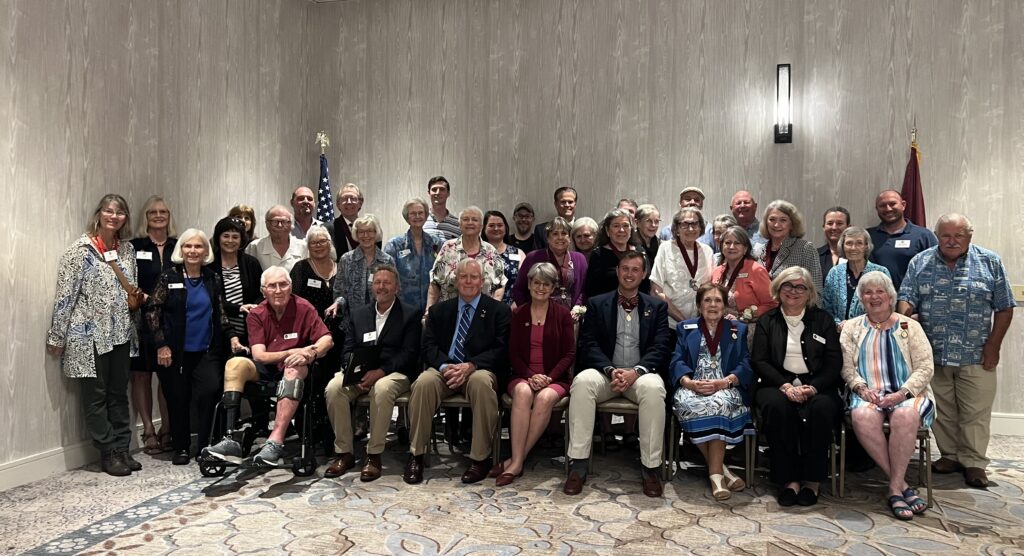
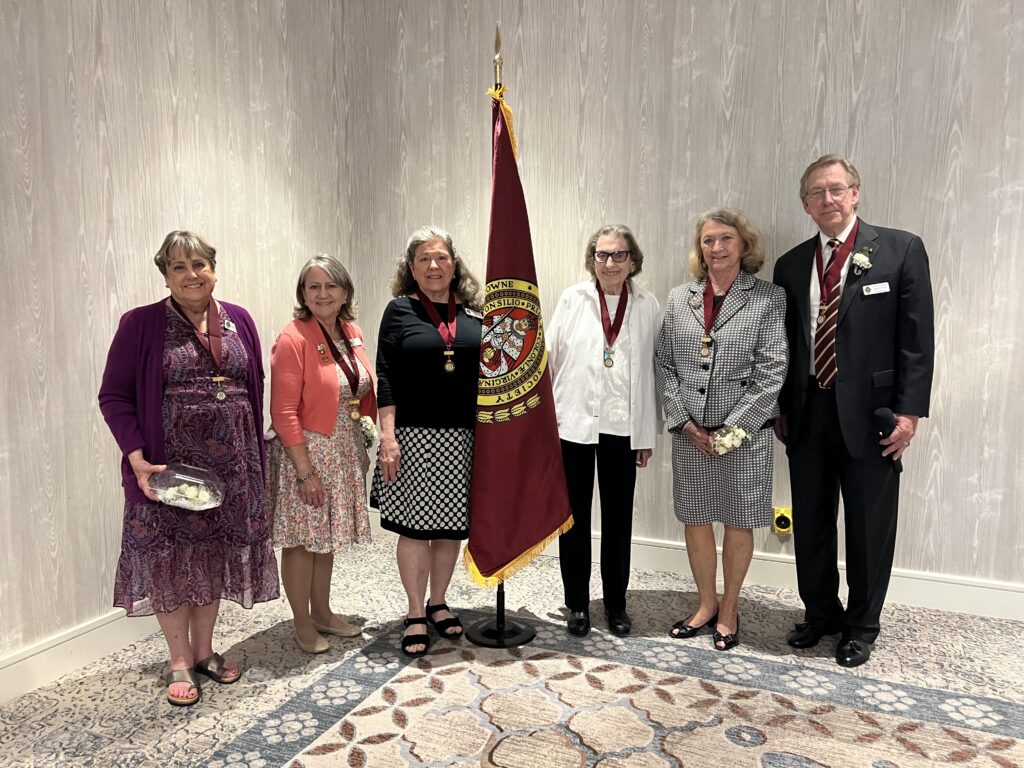
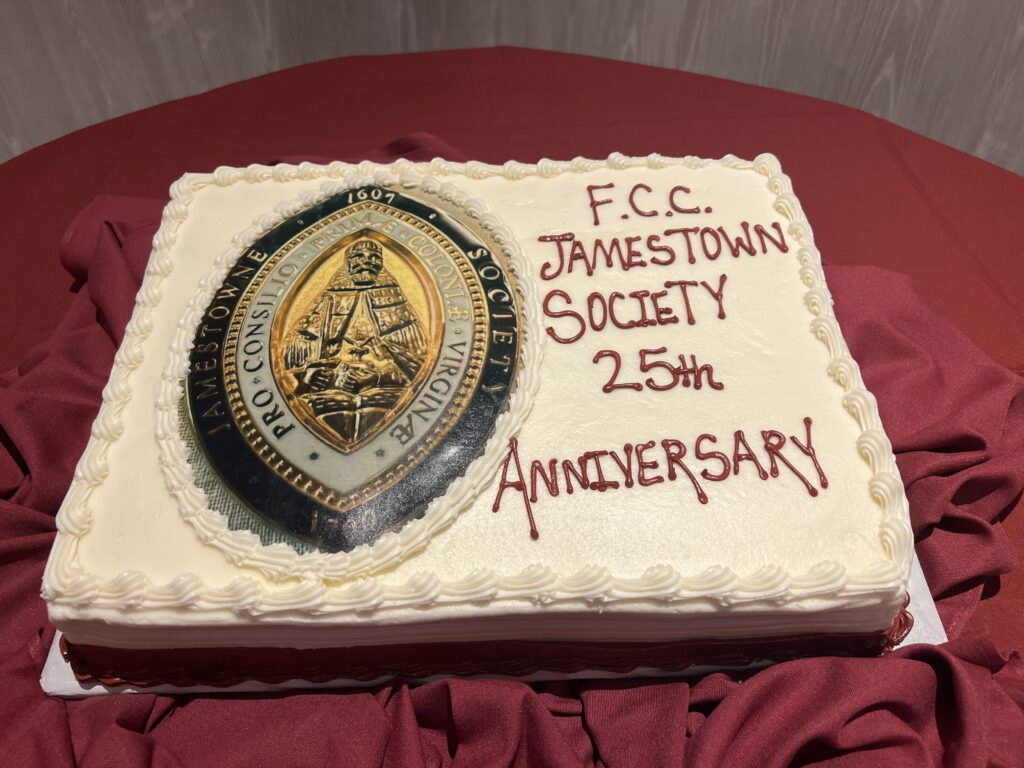
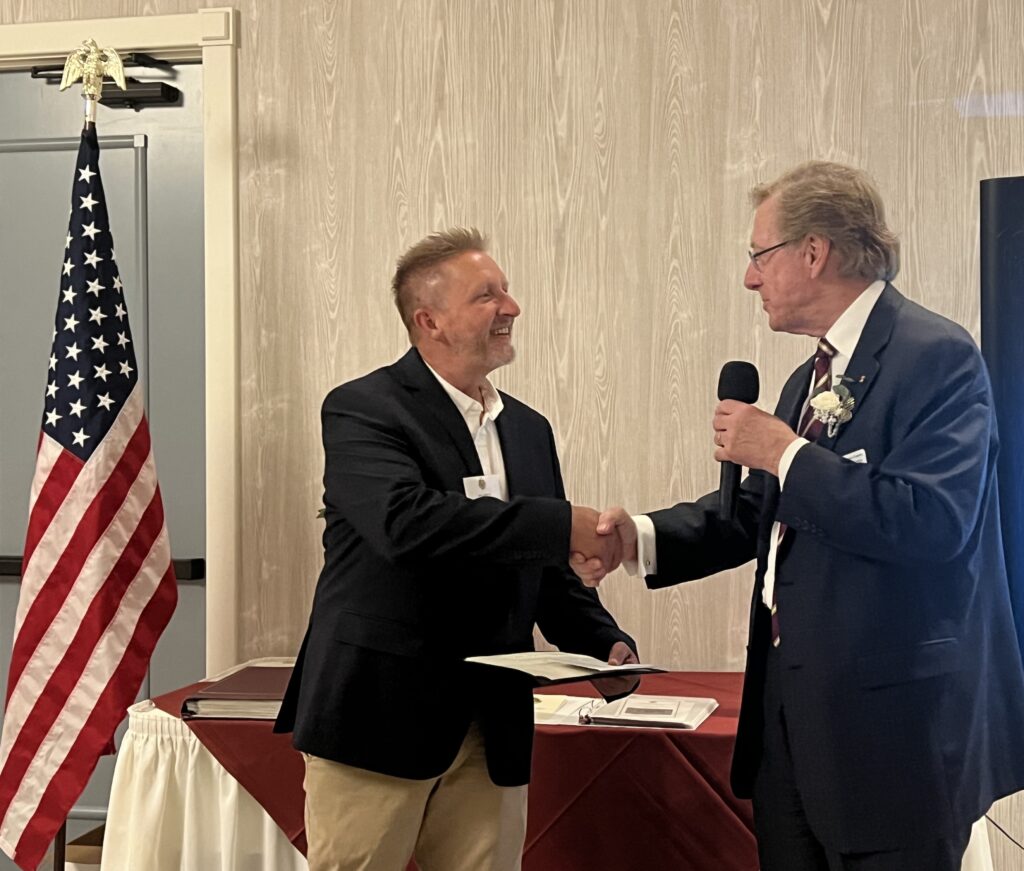
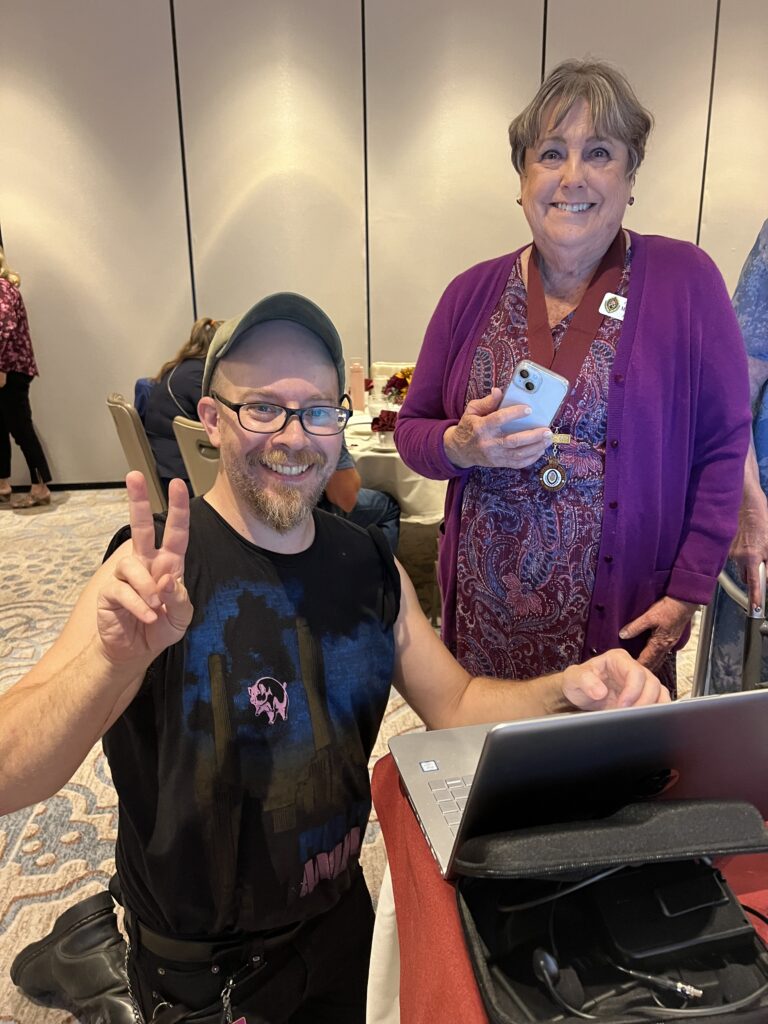
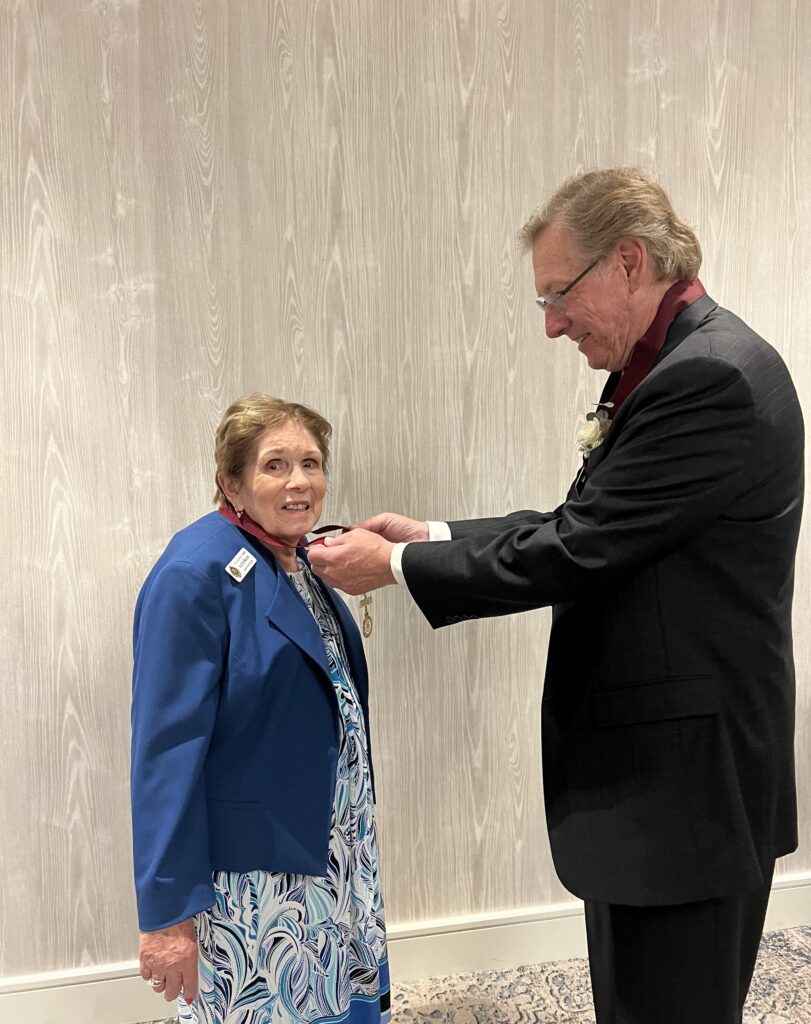
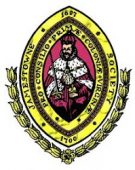

 Merry Abbitt Outlaw with some of
Merry Abbitt Outlaw with some of 